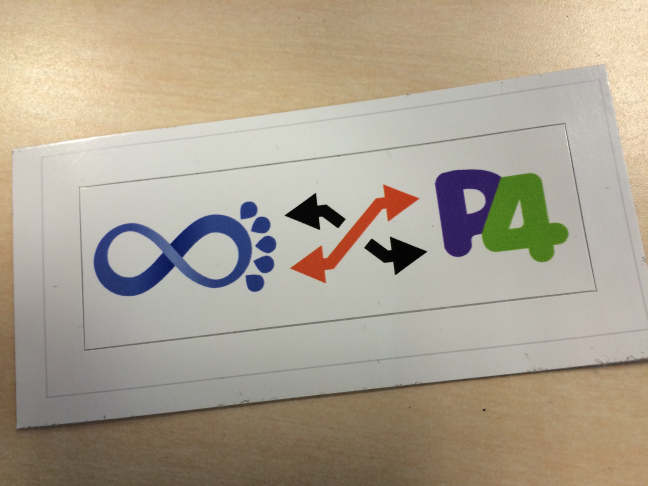0
Google dives into the future with a focus on A.I.
MOUNTAIN VIEW, Calif. -- With much of what Google announced during the first day of its I/O developer conference focused on helping users answer questions before they even think of them, artificial intelligence is proving critical for the company's strategy. "Google is betting the farm on artificial intelligence (A.I.) and they need to because Microsoft and Facebook aren't too far behind," said Patrick Moorhead, an analyst with Moor Insights & Strategy. "A.I. will determine the next-generation experience with all electronics. It essentially predicts what users want before they know they do. A.I. is the next big frontier, and Google has always been a pioneer in A.I."To read this article in full or to leave a comment, please click here

